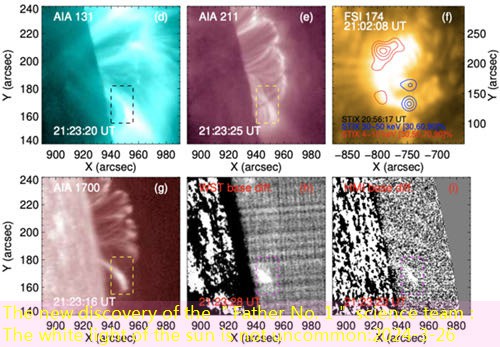Japanese scientists used the Chilean telescope to observe a chaotic region around an active black hole in a nearby galaxy. For the first time, the researchers were able to track and measure the amplitude of the flow in all its phases, including atoms, molecules and plasma. The scientists also determined that the accretion flow is produced by a mechanism called gravitational instability.
Researchers at Tohoku University in Japan observed the Circassian Galaxy using the Atacama Large Millimeter/submillimeter Array (ALMA) astronomical observatory in the northern Chilean desert. Like most galaxies, a supermassive black hole lurks at the core of the Circassian Galaxy, the closest galaxy to the Milky Way. This supermassive black hole is actively feeding, surrounded by a ring of inward-spinning gas and dust, and due to intense friction, this tortured material glows brightly at all wavelengths. This is known as an active galactic nucleus or active galactic nucleus. Active black holes are also known as bright black holes.
The researchers also observed that the supermassive black hole doesn’t actually feed on most of the accreted material, but rather plays with its food. Most of the gas is expelled back into the accretion disk, similar to the flow of water in a fountain. The amount of material delivered to the supermassive black hole is about 30 times the amount of material needed to sustain an active galactic nucleus. The researchers also observed that the disk, which is too massive to maintain the shape maintained by the pressure of its motion, collapses under the influence of its own gravity, creating a complex structure that leads to the rapid fall of matter into the supermassive black hole, a process known as “gravitational instability.”
The paper describing these findings is published in the journal Science. Lead author Takuma Izumi said, “A comprehensive understanding of the growth of supermassive black holes in the history of the universe requires the study of various types of supermassive black holes far from us. This requires high-resolution and high-sensitivity observations, and we have high hopes for the continued use of ALMA and the forthcoming next-generation Large Radio Interferometer.
The researchers believe that their findings may help reveal how supermassive black holes grow and evolve. They also plan to use ALMA to study other active galaxies to see if they exhibit similar behavior.

















+ There are no comments
Add yours